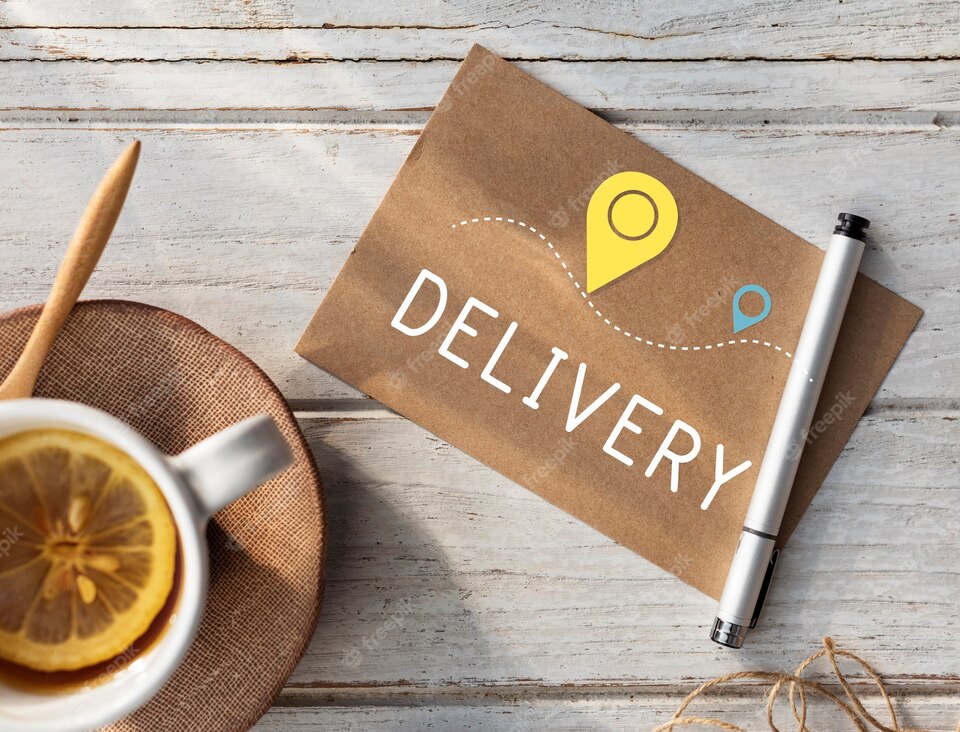Introduction
In today’s fast-paced world, the demand for delivery services has surged, driven by convenience and changing consumer preferences. Entrepreneurs and businesses looking to capitalize on this trend often turn to delivery app builder to create their custom delivery apps. However, building the app is just the first step. To succeed in the highly competitive delivery market, you need a well-thought-out marketing strategy that ensures your app reaches its target audience and experiences sustainable growth. In this article, we’ll explore effective marketing strategies for your delivery app, from its initial launch to continuous growth.
1. Optimize Your App for Search Engines
Before you launch your delivery app, it’s crucial to ensure that it’s easily discoverable online. Search engine optimization (SEO) plays a vital role in making your app visible to potential users. Here are some key SEO strategies:
Keyword Research: Identify relevant keywords related to food delivery, courier services, or any specific niche you’re targeting. Incorporate these keywords naturally into your app’s title, description, and content.
Local SEO: Since delivery apps often cater to specific geographic areas, optimize your app for local search. Include the city or region you serve in your app’s metadata and content.
App Store Optimization (ASO): Just like websites, app stores have algorithms that determine app rankings. Focus on optimizing your app’s title, description, and app store screenshots to improve its visibility within app stores.
Regular Updates: Consistently update your app with new features and improvements. Frequent updates can positively impact your app’s search engine rankings.
2. Leverage Social Media Marketing
Social media platforms are powerful tools for promoting your delivery app. Create profiles on popular platforms such as Facebook, Instagram, Twitter, and LinkedIn. Here’s how to make the most of social media:
Engaging Content: Share visually appealing content showcasing your app’s features, user experiences, and special promotions. Use high-quality images and videos to grab the audience’s attention.
Influencer Marketing: Collaborate with local influencers or food bloggers who can promote your app to their followers. Their endorsements can boost your app’s credibility and reach.
Paid Advertising: Invest in paid social media advertising campaigns to target specific demographics and geographic regions. Platforms like Facebook and Instagram offer precise ad targeting options.
User-Generated Content: Encourage users to share their experiences using your app. Repost user-generated content to build trust and social proof.
3. Content Marketing
Content marketing is an effective way to educate and engage your target audience while establishing your app as an industry authority. Here are some content marketing strategies:
Blog Posts: Create a blog on your app’s website and publish informative articles related to delivery services, food trends, or local news. Use these articles to subtly promote your app’s features.
Email Marketing: Build an email list and send newsletters with valuable content, app updates, and exclusive offers to subscribers.
Video Content: Produce engaging video content, such as tutorials on how to use your app, behind-the-scenes looks at your operations, or customer testimonials.
Guest Posting: Contribute guest posts to local blogs or industry publications. This can help you reach a wider audience and establish credibility.
4. Partner with Local Businesses
Collaborating with local businesses can be a win-win strategy for both parties. By forming partnerships, you can expand your user base and provide added value to your customers. Here’s how to do it:
Restaurant Partnerships: Partner with local restaurants to offer exclusive discounts or promotions to your app users. This incentivizes users to order through your app.
Courier Services: Collaborate with local courier services for quick and reliable deliveries. Ensure your app provides seamless integration with these partners.
Grocery Stores: If your app offers grocery delivery, partner with local grocery stores to expand your product offerings.
5. Loyalty Programs and Referral Incentives
Encourage user retention and acquisition through loyalty programs and referral incentives:
Loyalty Points: Reward users for repeat orders with loyalty points that can be redeemed for discounts or free deliveries.
Referral Program: Create a referral program that offers discounts to users who refer friends and family to your app. This can quickly expand your user base through word-of-mouth marketing.
6. Local SEO and Listings
Make sure your delivery app is listed on various online directories, review sites, and local listings:
Google My Business: Set up and optimize your Google My Business profile. This will help your app appear in local searches and on Google Maps.
Yelp, TripAdvisor, and Zomato: List your app on popular review and restaurant directory sites to increase its visibility.
Local Directories: Ensure your app is listed in local business directories, especially those related to food delivery or courier services.
- Analyze and Optimize
Continuous analysis and optimization are key to the long-term success of your delivery app marketing strategy:
Data Analytics: Use data analytics tools to track user behavior, conversion rates, and customer demographics. Identify areas for improvement and adjust your strategy accordingly.
A/B Testing: Experiment with different marketing approaches, such as ad copy, visuals, and call-to-action buttons. A/B testing can help you identify what resonates best with your audience.
Feedback Loop: Gather user feedback through app reviews, surveys, and customer support interactions. Address concerns and make improvements based on user input.
Conclusion
Launching and growing a delivery app in a competitive market requires a well-rounded marketing strategy. By optimizing your app for search engines, leveraging social media, implementing content marketing, forming local partnerships, and offering loyalty programs, you can establish a strong presence and attract a loyal user base. Additionally, maintaining an ongoing process of analysis and optimization will help ensure your delivery app’s continued growth and success in the long run. With these strategies in place, your delivery app built using a reliable delivery app builder will be well-positioned to thrive in the competitive delivery industry.





